Dave Doody often makes his living in high places – airplanes, helicopters, cherry pickers.
“I’m not afraid of heights,” said Doody, manager of photo services at Colonial Williamsburg.
That’s a good thing.
Doody’s job as a photographer at Colonial Williamsburg sometimes means he has to climb into awkward locations to get that perfect picture, like the cupola atop the Governor’s Palace or the Capital building.
“It’s very interesting up there,“ said Doody, “There are tiny stairs leading up. Then you’re all alone with a great view.”
Some photos require high-tech machinery for atmosphere, like the battle scenes with smoke. For that trick there is the smoke machine. “It’s an art form to use it,” Doody said. “Too much or too little will be wrong … and the wind has to be just right.”
Challenges and Rewards
The views, of course, are the reward. But getting to those views involves some logistics. The assignment may involve scouting locations or checking lighting. Sometimes nature needs a little boost from artificial lighting.
And sometimes, the biggest challenge is space.
“It is especially difficult to work in a tight place,” Doody said. “By the time you bring in a few models and lighting, sometimes there isn’t much wiggle-room.”
The variety, Doody said, is what makes it all so interesting.
“Some people think we spend all our time photographing antiques,” he said. “Actually that isn’t it at all - we illustrate ideas and tell the stories of 18th -century life.”
Putting the Life in Still Life
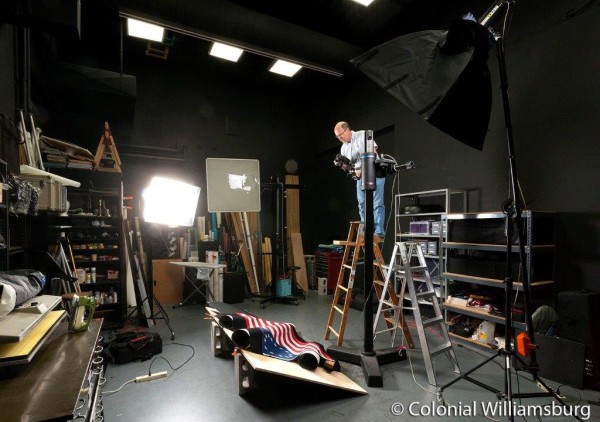
Tom Green specializes in still life photography. A senior photographer at the Foundation with a great eye for color and design, he knows the tricks to make these types of shots look good. He’s an expert, for example, at gathering tools from the historic trade shops and setting them up so they tell a story in the studio.
When designing lighting for a photography shoot, Green says, lighting can be the key.
“Everything is different,” he said. “For example, photographing silver is really difficult, because it reflects everything in the room.”
The answer: “You don’t really light the silver — you light white cards around the silver so that the silver reflects the white,” he said.
One example is setting up lighting for the bookbinder tools. “With the backlight coming down, it puts shadows on everything and gives it a lot of three-dimensionality. If you just lit the tools from the front, everything would be flat. To show texture on items, you light it low and across the top like a cross-light. I also light it from under the table for the background.”
Sometimes the best part of the job is seeing the story behind the story, Green said.
“Sooner or later, I get around to just about everyplace in the Foundation,” Green said. “I really get to see a lot of things that most people don’t get to see.”
He believes he’s at his best in the studio, though he is called upon to do some dirty jobs sometimes. Among his least favorites: “Crawling into moldy spaces taking pictures of bricks.” Green said.
Making Everyone Look Good

Lael White, a photographer and digital imaging technician, wears a variety of hats. She has a particular talent for making people relax and smile, which makes her a favorite at events that honor Colonial Williamsburg donors and shooting portraits of employees who have reached a career milestone. She knows how to capture personality and character with a simple photograph.
White has been with the foundation for more than 25 years and she knows a lot of people. Her favorite trick for relaxing folks is to get them to talk about something they love. Then the camera tension leaves and the personality comes out.
“I think people know that we’re going to continue taking pictures until we find one that they like,” White said. “I let them know that I can soften this line or remove something else, but I’m very careful to never go overboard on the retouching. It has to look natural.”
A little Bit of Everything

Darnell Vennie, also a photographer and digital imaging technician, is the newest member of the Foundation’s photography team. He also shoots the milestone portraits and donor events – and he does quite a bit of everything.
Vennie covers a lot of ground, everything from a photo of the large donor plaque outside of the Visitor Center to chronicling the rebuilding of the Market House, even to the shingle-making at Great Hopes Plantation and firing the bricks at the brickyard. He’s an expert at bringing excitement to everyday objects.
He’s getting to know people who are in front of the camera – and that relationship works just fine for him. “Personally, I’d rather stay on the back side of the camera.”
Behind the scenes
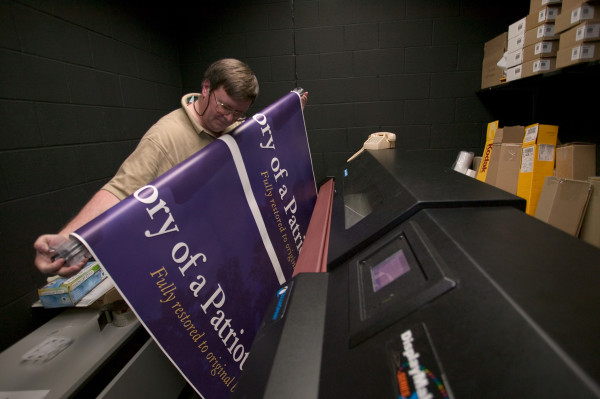
Tom Austin, photo lab manager and systems administrator, is the acknowledged backbone of the department, making all the digital systems whiz and whir as they should.
He also trains and teaches the photographers in new photo techniques, use of the machinery and software tricks.
“I’m always available to answer questions about photography, Photoshop, printing, scanning and most anything else in between,” Austin said.
The department has used digital technology since 2000, which means the process has essentially come full circle. “That means that the burden of post-production is back on the photographers, just like it used to be when they had to develop their own film,” he said.
There was some resistance to the transition from film development to digital, but the team quickly grew used to it. The thrill of watching the photos develop under the chemical solution was compelling, but the process certainly wasn’t tidy.
“Most of the team was happy to see the old chemical mess go away.” Austin said.
Pulling It All Together
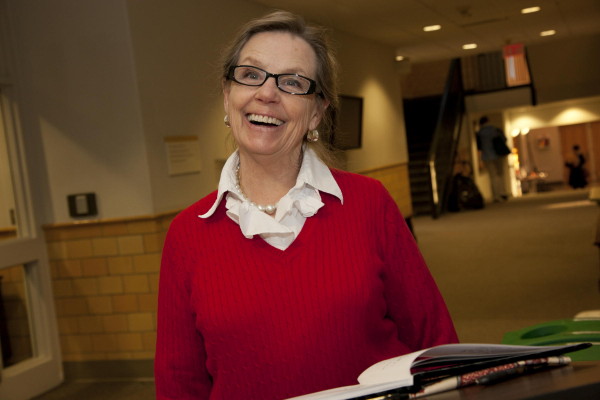
Kathy Rose, photographic services coordinator, knows a lot about everyone’s job and specialties.
“There is so much to a photo shoot, whether it’s a donor event at the (Williamsburg) Inn or Duke of Gloucester street in the snow. Even when the shoot is outside, lights have to be set up, flash and reflectors are used.” Rose said.
Every situation is different, and Rose has to juggle it all to help the photographers do their best work.
Doody is often up before the sun because he needs to be onsite at just the perfect time.
Studio portraits are set up a day ahead so that the photographer can light for different looks — they take skin and hair color and clothing into consideration. Will the subject be wearing glasses? Every person gets their own lighting that is set up in a way that suits them best.
“Beautiful pictures of the historic area in the snow don’t just happen. It takes lots of planning.” Rose said.
Photos are available for viewing and purchase at the following website: http://colonialwilliamsburg.photoshelter.com/

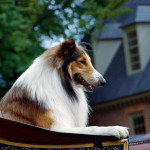
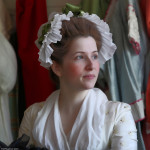
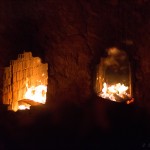
W. H. Merritt says
Great article. I have always enjoyed the photos taken by the Colonial Williamsburg staff. The CWF photographers are most excellent in their craft. As a professional photographer myself, I know the challenges faced on assignment. Well Done. Keep up the good work.